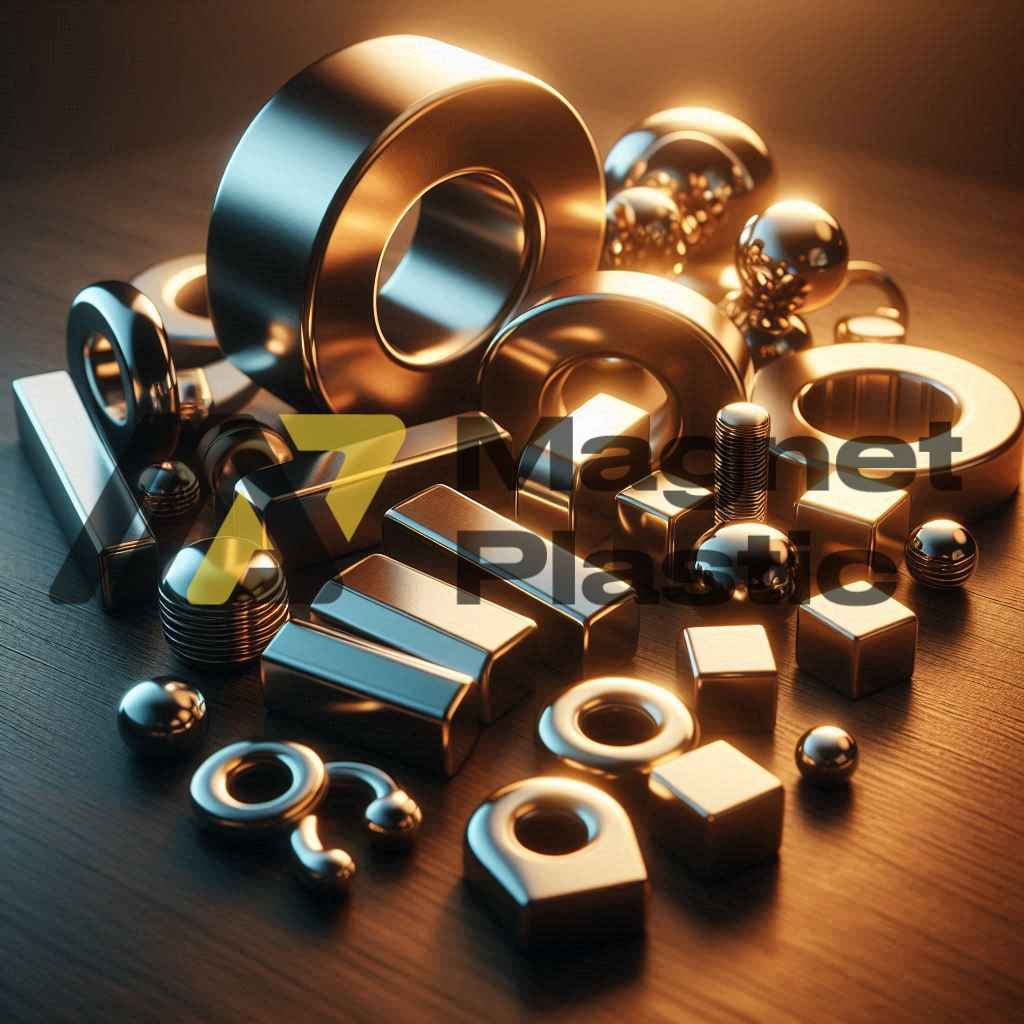Neodymium magnets are the most sought after
A revolutionary advancement in magnetic materials
In the world of magnetic materials, neodymium magnets have become the most sought-after by industry, technology, and consumers alike. Their popularity is no coincidence—they combine exceptional magnetic strength with a compact size, making them ideal for applications where space and efficiency are critical. Since their development in the 1980s, these magnets have revolutionized sectors such as electronics, medicine, energy, and automotive.
Composition and properties of neodymium
Neodymium magnets are made from an alloy of neodymium, iron, and boron (NdFeB). This material belongs to the family of “rare earths,” a group of chemical elements known for their unique properties. Neodymium, in particular, is valued for its ability to generate extremely strong magnetic fields, making it the preferred choice for many high-performance technologies.
High magnetic density in a compact format
One of the main reasons these magnets are in such high demand is their high magnetic flux density. In fact, they are the most powerful permanent magnets available today. This means they can produce very strong attractive forces even at small sizes, allowing manufacturers to design smaller, more efficient devices. They are found in electric motors, generators, hard drives, headphones, magnetic braking systems, speakers, toys, and cordless power tools.
Versatility and industrial applications
Another key advantage of neodymium magnets is their versatility. They come in a wide range of shapes (discs, rings, blocks, spheres) and sizes, and can be manufactured with different magnetization levels to meet the specific needs of each application. They are often coated with protective materials such as nickel, epoxy, or rubber to prevent corrosion, as pure neodymium is prone to oxidation.
Thermal limitations to consider
However, these magnets do have some limitations. Their heat resistance is lower than that of other types of magnets: above 80°C (176°F), they may begin to lose part of their magnetism. For high-temperature applications, specialized versions are available, marked with codes like “H,” “SH,” or “EH,” offering better thermal performance.
Global demand and sustainability
Global demand for neodymium magnets has surged in recent years, largely driven by growth in sectors such as electric vehicles, renewable energy (e.g., wind turbines), and consumer electronics. This surge has led many manufacturers to explore sustainable solutions, such as recycling used magnets or developing technologies to recover rare earth materials.
Conclusion: a key material for the future
In conclusion, neodymium magnets are the most sought-after due to their power, efficiency, and adaptability. They represent a high-value technological solution that continues to transform design and innovation in countless fields. Their role in the future of clean energy, mobility, and technological miniaturization is undoubtedly essential.
